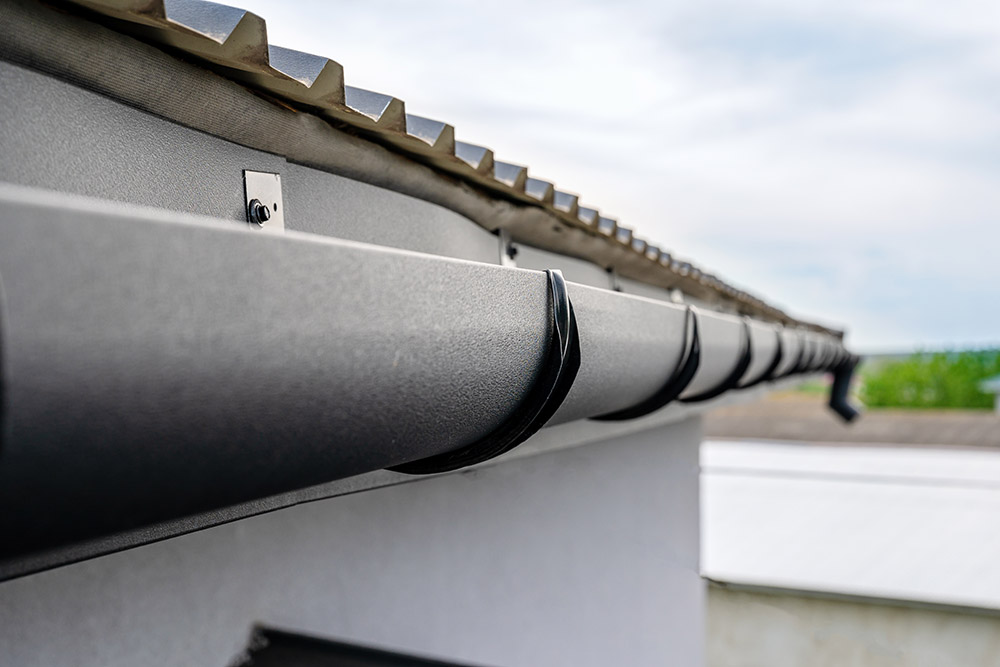
When protecting your home against the elements, it is often the cold, rain, and wind that we most commonly think of as threats. However, the sun can be a major factor in the health and lifespan of your roof, especially with summers getting warmer and heatwaves more frequent. Extreme heat, increased humidity, and a pattern of rapid heating during the day and cooling at night can all cause major problems with the different materials and elements of your roof.
Heat damage to your roof
Periods of extreme heat can prove highly damaging to your roof. One of the primary problems is the materials drying out, causing splits and cracks in wooden beams, the tar to become less adhesive and waterproof, and for the slates to come loose or crack. The attic is often poorly insulated and is especially vulnerable to changes in temperature. If the beams of the roof expand or contract too frequently, they can warp, which will affect the structural integrity of the roof and the safety of your property in the long term.
Flat roofs are particularly vulnerable to temperature increases as they are rarely tiled, and objects can strike them directly without rolling off. When the membrane material of flat roofs softens in the heat it becomes vulnerable to damage or penetration by hail, rain, and debris from trees. This damage will massively undermine the efficacy of your roof and make your home more susceptible to leaks.
The heat can also dislodge tiles or cause improperly installed leadwork to loosen. This can be due to cracking, loosening of the tar underneath or – especially in the case of leadwork – the thermal shock of repeated expansion and contraction. Although this may seem like a simple issue it can quickly compound into a much larger problem. Missing tiles mean that you have a hole through which moisture and the weather can enter your property and further damage other parts of your roof. If water is getting into the roof itself it can warp, rot, or bend the wooden beams that hold the roof up.
How humidity affects your roof
Heatwaves can often be a precursor to violent summer storms. This pattern of heat and rainfall can raise the level of moisture in the air and create a humid environment. Attics and lofts are particularly vulnerable to humidity as they often have insufficient ventilation to clear the moist air. Mould and wood rot thrives in warm, humid, contained environments. These can slowly erode the wood and insulation in your roof which will render it ineffective and unsafe. Your home can become damaged from the inside without you even knowing it. One way to resolve this is with ventilation in your roof that moves warm and moist air out of the building before it can cause any problems.
How moss affects your roof
If a heatwave had left your roof with cracks or missing tiles, a rainstorm or shower will fill these cracks with water. Confined moist space is the perfect environment for moss to grow. As the moss grows and expands with each subsequent rainfall, it will lift and weaken other tiles across your roof, causing more and more damage until addressed. Moss will also draw in and drip moisture down your property leaving unsightly streaks and erode other parts of the building. It is a visually unappealing and surprisingly destructive issue that faces many property owners after sunny spells.
After periods of extreme heat, be sure to look at your roof and see if there are any cracked or missing tiles, signs of damage to the flashings or cladding, or moss growth. Remember to only inspect from your roof from a safe vantage point. If you’d like a more thorough survey, be sure to contact a professional.
If your roof has been damaged by the heat, you need it repaired by the experts. At McColloch Roofing, we are a team of well-established roofers who provide bespoke solutions to every roofing need. Get in touch to find out how we could help by calling 020 8776 1693 or emailing info@mccollochroofing.com.
